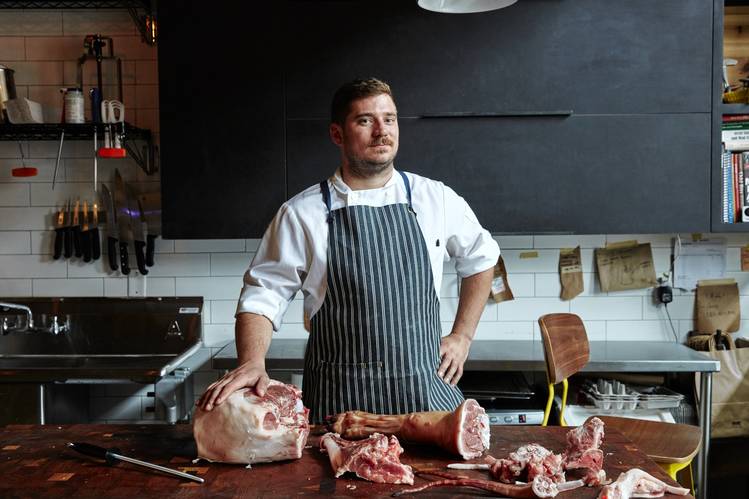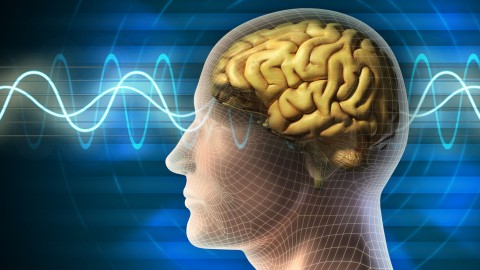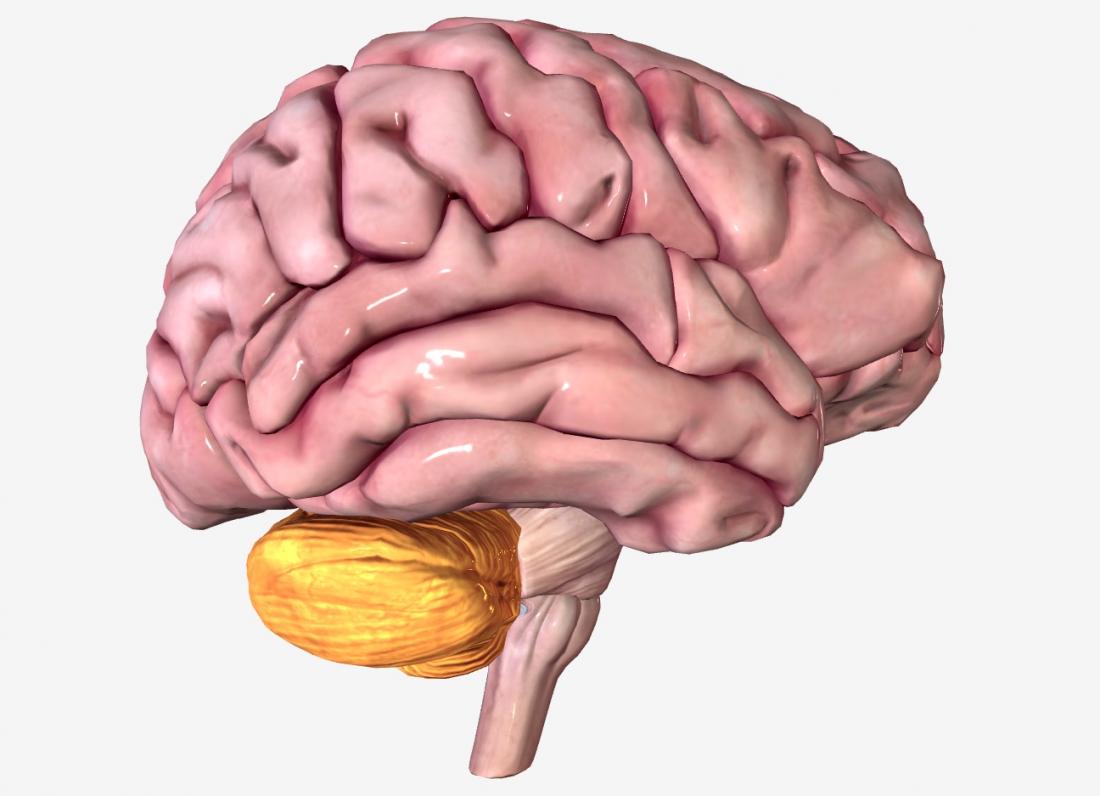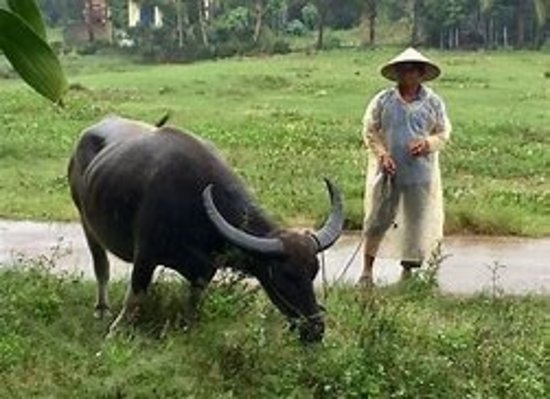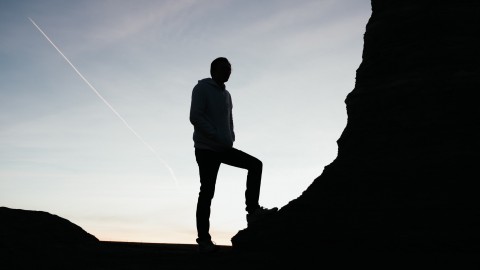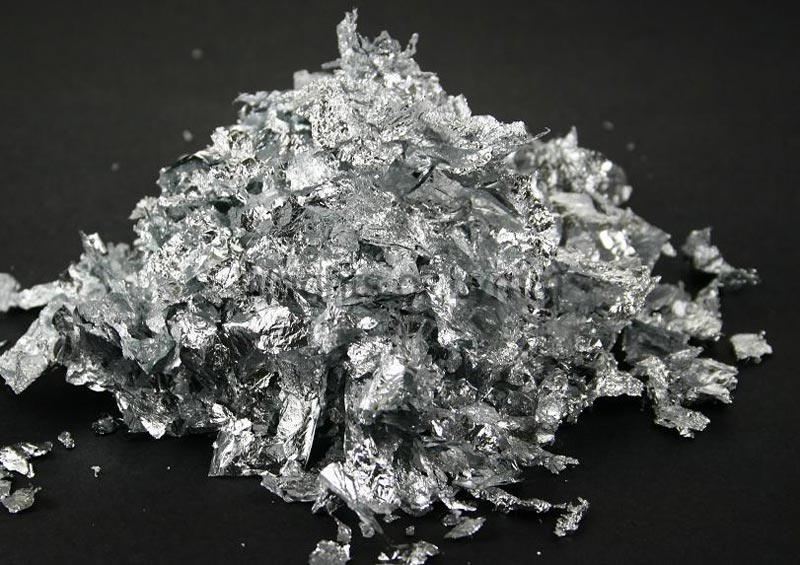CESSATION OF ALL DESIRING BY KNOWING THE INNERMOST NATURE OF PURUSHA, THE SUPREME SELF.
First you have to know that you are the source of all happiness that happens to you. Second, you have to know the total nature of your inner self. First, you are the source. Second, “What is this source?” First, just this much is enough, that you are the source of your happiness. And second, what this source is in its totality, this purusha, inner self is: “Who am ‘I’?” in its totality.
Once you know this source in its totality, you have known all. Then the whole universe is within, not only happiness. Then all that exists, exists within – not only happiness. Then God is not somewhere sitting in the clouds, he exists within. Then you are the source, the root source of all. Then you are the center.
And once you become the center of existence, once you know that you are the center of existence, all misery has disappeared. Now desirelessness becomes spontaneous, SAHAJ. No effort, no striving, no maintaining is needed. It is so; it has become natural. You are not pulling it or pushing it. Now there is no “I” who can pull and push.
Remember this: struggle creates ego. If you struggle in the world, it creates a gross ego: “I am someone with money, with prestige, with power.” If you struggle within, it creates a subtle ego: “I am pure; I am a saint, I am a sage,” but “I” remains with struggle. So there are pious egoists who have a very subtle ego. They may not be worldly people. They are not; they are otherworldly. But struggle is there. They have achieved something. That achievement still carries the last shadow of “I”.
The second step and the final step of desirelessness for Patanjali is total disappearance of the ego. Just nature flowing. No “I”, no conscious effort. That doesn’t mean you will not be conscious, you will be perfect consciousness – but no effort implied of being conscious. There will be no self- consciousness – pure consciousness. You have accepted yourself and existence as it is.
A total acceptance – this is what Lao Tzu calls Tao, the river flowing toward the sea. It is not making any effort; it is not in any hurry to reach the sea. Even if it doesn’t reach, it will not get frustrated. Even if it reaches millions of years, everything is okay. The river is simply flowing because flowing is its nature. No effort is there. It will go on flowing.
When desires for the first time are noted and observed effort arises, a subtle effort. Even the first step is a subtle effort. You start trying to be aware, “From where my happiness is coming?” You have to do something, and that doing will create the ego. That’s why Patanjali says that is only the beginning, and you must remember that is not the end. In the end, not only have desires disappeared, you also have disappeared. Only the inner being has remained in its flow.
This spontaneous flow is the supreme ecstasy because no misery is possible for it. Misery comes through expectation, demand. There is no one to expect, to demand, so whatsoever happens, it is good. Whatsoever happens, it is a blessing. You cannot compare with anything else, it is the case. And because there is no comparison with the past and with the future – there is no one to compare – you cannot look at anything as misery, as pain. Even if pain happens in that situation, it will not be painful. Try to understand this. This is difficult.
Jesus is being crucified. Christians have painted Jesus very sad. They have even said that he never laughed, and in their churches they have the sad figure of Jesus everywhere. This is human; we can understand it, because a person who is being crucified must be sad. He must be in inner agony; he must be in suffering.
So Christians go on saying that Jesus suffered for our sins – but he suffered. This is absolutely wrong! If you ask Patanjali or me, this is absolutely wrong. Jesus cannot suffer. It is impossible for Jesus to suffer. And if he suffers, then there is no difference between you and him.
Pain is there, but he cannot suffer. This may look mysterious, but this is not; this is simple. Pain is there. As far as we can see from the outside he is being crucified, insulted; his body is destroyed. Pain is there, but Jesus cannot suffer. Because in this moment when Jesus is crucified, he cannot ask. He has no demand. He cannot say, “This is wrong. This should not be so. I must be crowned, and I am crucified.”
If he has this in this mind – that “I must be crowned and I am crucified” – then there will be pain. If he has no futuring in his mind that “I should be crowned,” no expectation for the future, no fixed goal to reach, wherever he has found himself is the goal then. And he cannot compare. This cannot be otherwise. This is the present moment that has been brought to him. This crucifixion is the crown.
And he cannot suffer, because suffering means resistance. You must resist something, only then you can suffer. Try it. It will be difficult for you to be crucified, but there are daily crucifixions, small. They will do it.
You have a pain in the leg or in the head you have a headache. You may not have observed the mechanism of it. You have a headache, and you constantly struggle and resist. You don’t want it. You are against it, you divide. You are somewhere standing within the head and the headache is there. You are separate and the headache is separate, and you insist that it should not be so. This is the real problem.
You try once not to fight. Flow with the headache; become the headache. And say, “This is the case. This is how my head is at this moment, and at this moment nothing is possible. It may go in the future, but at this moment the headache is there.” Don’t resist. Allow it to happen; become one with it. Don’t pull yourself separate, flow into it. And then there will be a sudden upsurge of a new type of happiness you have not known. When there is no one to resist, even a headache is not painful. The fight creates the pain. The pain means always fighting against the pain – that’s the real pain.
Jesus accepts. This is how his life has come to the cross. This is the destiny. This is what in the East they have always called fate, bhagya, the kismat. So there is no point in arguing with your fate, there is no point in fighting it. You cannot do anything; it is happening. Only one thing is possible for you – you can flow with it or you can fight with it. If you fight, it becomes more agony. If you flow with it, the agony is less. And if you can flow totally, agony has disappeared. You have become the flow.
Try it when you have a headache, try it when you have an ill body, try it when you have some pain – just flow with it. And once, if you can allow it, you will have come to one of the most, deepest secrets of life-that pain disappears if you flow with it. And if you can flow totally, pain becomes happiness.
But this is not something logical to be understood. You can comprehend it intellectually, but that won’t do. Try it existentially. There are everyday situations. Every moment something is wrong. Flow with it, and see how you transform the whole situation. And through that transformation you transcend it.
A Buddha can never be in pain; that is impossible. Only an ego can be in pain. Ego is a must to be in pain. And if the ego is there you can transform your pleasures also into pain; if the ego is not there you can transform your pains into pleasures. The secret lies with the ego.
Tags: Last State Of Desirelessness Patanjali

